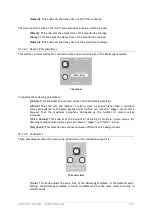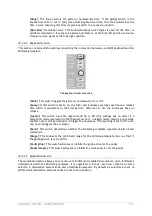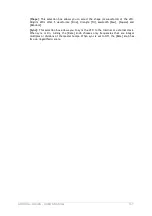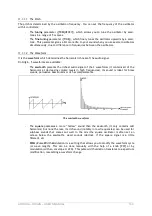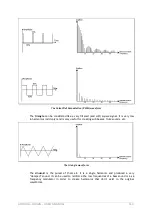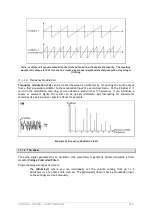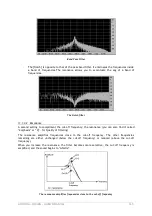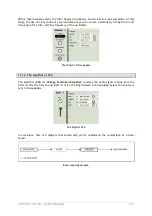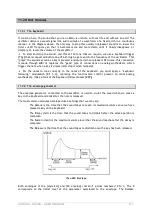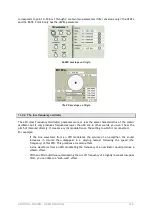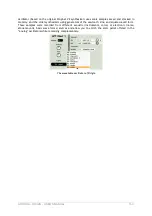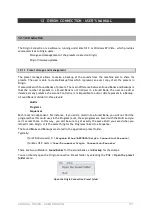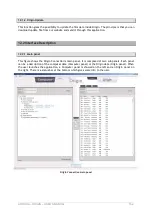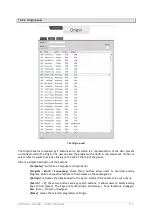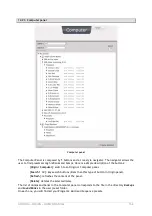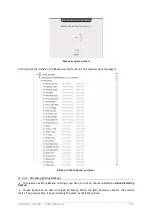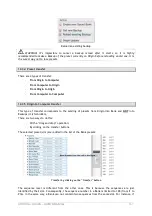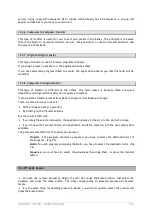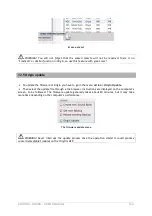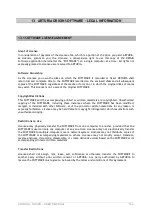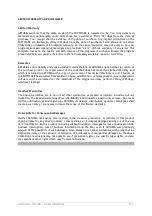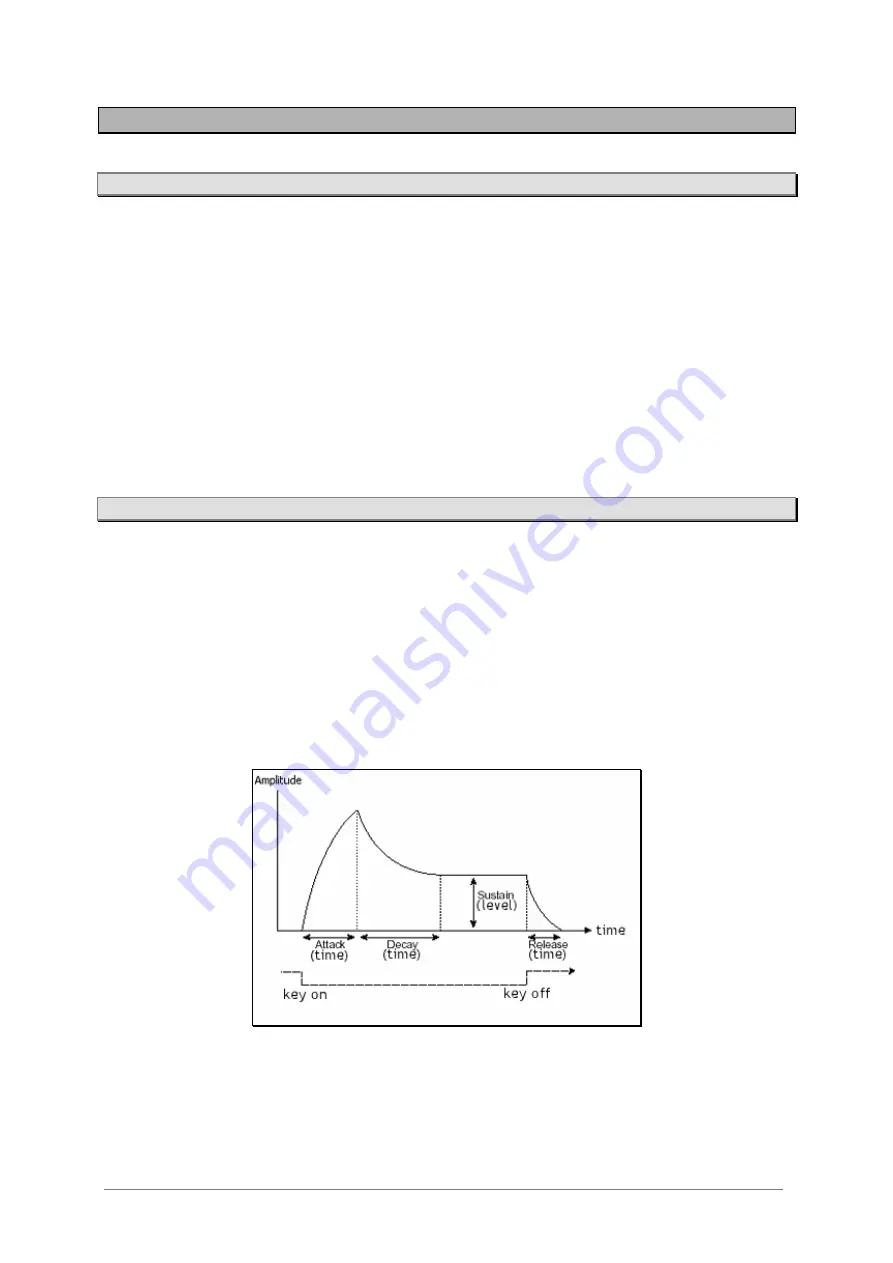
ARTURIA – ORIGIN – USER’S MANUAL
147
11.2
Other modules
11.2.1
The keyboard
If we stop here, the sound that you can obtain is uniform, without life and without an end! The
oscillator delivers a sound signal (the audio output of a waveform) of a fixed pitch in a continuous
manner. In the diagram above, the only way to stop this quickly unpleasant sound is to lower the
filter cut-off frequency so that it becomes more and more damp until it finally disappears; or
simpler yet, lower the volume of the amplifier!
To start and stop the sound, and this at the tone that we require, we use a keyboard trigger
[Trig] that is connected both to the VCA through a gate and to the frequency of the oscillators. This
“plays” the sound as soon as a key is pressed, and mute it when released. Of course, this connection
is made through MIDI (it replaces the “gate” type of connections on analog synthesizers, which
trigger the note when a key is pressed and stop it when released).
For the notes to tune correctly to the notes of the keyboard, you must apply a “keyboard
following” modulation [KF 1…4], replacing the 1volt/octave control present on most analog
synthesizers.
(Take a look at the Keyboard follow module [KBF])
11.2.2
The envelope generator
The envelope generator, connected to the amplifier, is used to sculpt the sound when we press a
key on the keyboard and ends after the note is released.
The most common modules developed use 4 settings that we can vary:
-
The
A
ttack is the time that the sound takes to reach its maximum volume once we have
pressed a key on the keyboard.
-
The
D
ecay (fall) is the time that the sound takes to diminish after the attack portion is
complete.
-
The
S
ustain (hold) is the maximum volume level that the sound reaches after the decay is
complete.
-
The
R
elease is the time that the sound takes to diminish once the key has been released.
The ADSR Envelope
Both envelopes of the [Joymixer] and [2D envelop] contain 5 points numbered 0 to 4. The 0
corresponds to the initial level of the parameter associated to the envelope. The Release


